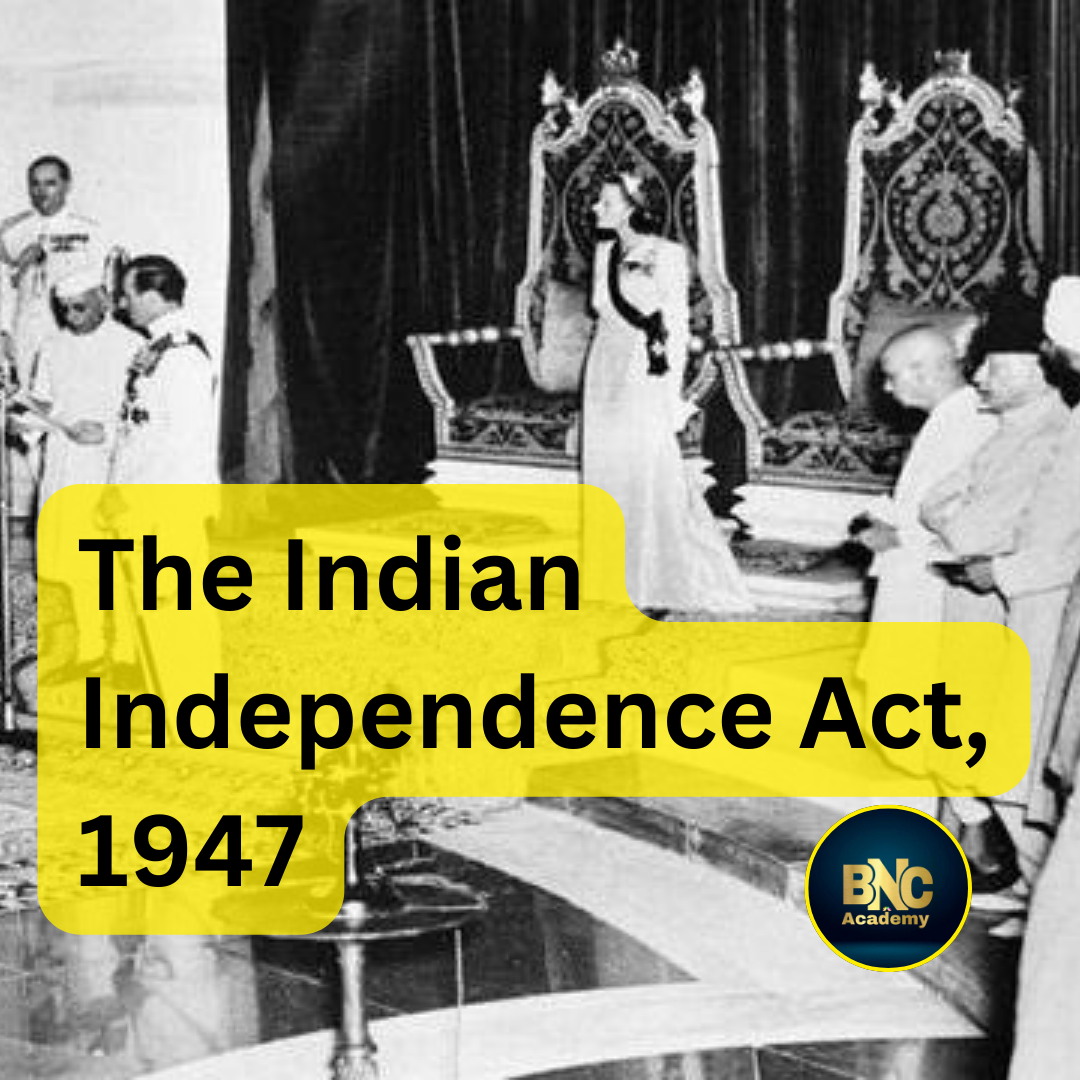
On Day 8, your focus is on Indian Polity, particularly the Historical Evolution and Constitutional Development of India. This topic is crucial because it lays the foundation for understanding the making of the Indian Constitution and the governance structure.
Your 6-hour study plan is as follows:
✅ Conceptual Study (3 hours) – Reading standard sources
✅ Notes & Quick Revision (1 hour) – Summarizing key points
✅ MCQ Practice (1.5 hours) – Solving 50+ UPSC-level questions
✅ Newspaper & Current Affairs (30 minutes) – Relating topics to current events
🔹 Key Topics to Cover on Day 8
1️⃣ Evolution of the Indian Constitution
India’s constitutional journey has evolved over centuries through various acts and reforms introduced by the British. The key milestones to cover today are:
🔹 Regulating Act of 1773
- First attempt by the British Parliament to control the East India Company’s administration.
- Governor of Bengal became Governor-General of Bengal (Warren Hastings).
- Established Supreme Court in Calcutta (1774).
🔹 Pitt’s India Act of 1784
- Created Board of Control (British Parliament supervision over the Company).
- Duel system of governance – The company controlled commerce, while the British Crown controlled administration.
🔹 Charter Acts (1793, 1813, 1833, 1853)
- Charter Act of 1833: Governor-General of Bengal → Governor-General of India (William Bentinck).
- Charter Act of 1853: Introduced separation of legislative & executive functions.
📖 Sources to Refer:
- M. Laxmikanth – Indian Polity (Chapters on Historical Development)
- NCERT Class 11 – Indian Constitution at Work
🔗 Online Resources:
2️⃣ Government of India Acts – Key Constitutional Changes
🔹 Government of India Act, 1858
- End of East India Company’s rule.
- India directly under the British Crown.
- Created Secretary of State for India (supervised by the British Parliament).
🔹 Government of India Act, 1919 (Montagu-Chelmsford Reforms)
- Introduced Diarchy (dual governance) in provinces.
- Bicameral legislature at the central level.
🔹 Government of India Act, 1935
- Laid the foundation for the Indian Constitution.
- Introduced Provincial Autonomy & Federal System.
📖 Sources to Refer:
- Laxmikanth – Indian Polity (Government of India Acts)
- NCERT Class 12 – Politics in India Since Independence
🔗 Online Resources:
3️⃣ Making of the Indian Constitution

🔹 Cabinet Mission Plan (1946)
- Formed Constituent Assembly to draft the Indian Constitution.
🔹 Indian Independence Act, 1947
- Partition of India & Pakistan.
- India became an independent dominion under British law.
📖 Sources to Refer:
- M. Laxmikanth – Making of the Constitution
🔗 Online Resources:
📝 How to Complete Your Day 8 Successfully
🕒 Time-Table (6 Hours)
⏳ Hour 1-2: Read Laxmikanth’s chapters on Historical Evolution & Government of India Acts.
⏳ Hour 3: Read about the Making of the Constitution.
⏳ Hour 4: Summarize key points & make 5-6 pages of short notes.
⏳ Hour 5: Solve 50+ MCQs from UPSC Prelims PYQs on Constitutional History: Click here
⏳ Hour 6: Current Affairs (The Hindu / Indian Express) & revision.
✅ Target:
- Cover all major constitutional developments.
- Make short notes for last-minute revision.
- Solve 50+ MCQs to test your knowledge.
📌 How to Cover Backlogs (If Any)?
If you have pending topics from previous days, follow this:
✔️ Wake up 30 minutes early and revise backlog topics.
✔️ Use Sundays for backlog completion.
✔️ Watch short video lectures for a quick catch-up.
💪 Motivational Boost: You Are Stronger Than You Think!
I know balancing a job and UPSC preparation is tough, but remember:
🔥 “Dreams don’t work unless you do.” 🔥
Every page you read and every MCQ you solve brings you one step closer to success. You are capable, you are determined, and you WILL clear this exam. Keep moving forward—your IAS dream is waiting for you! 🚀💪
